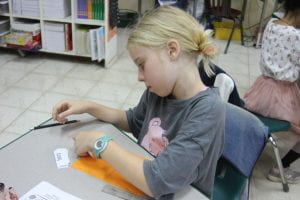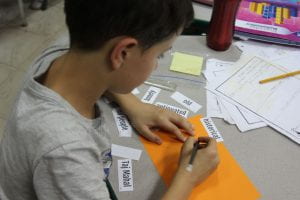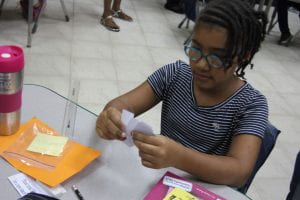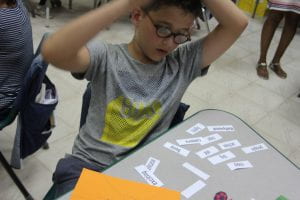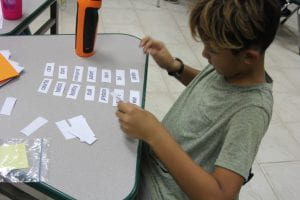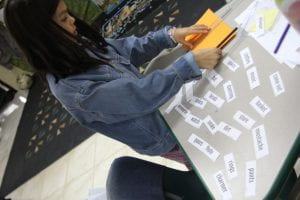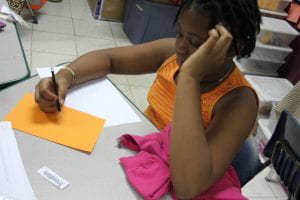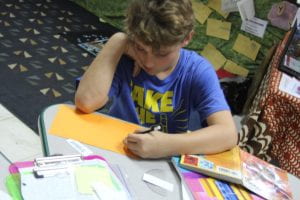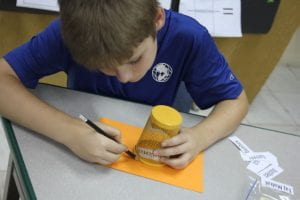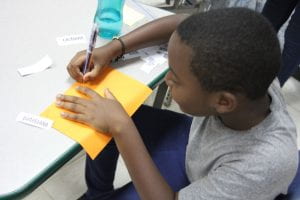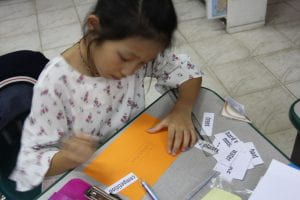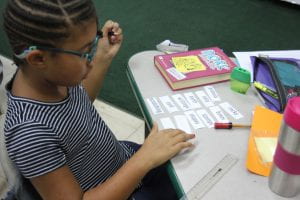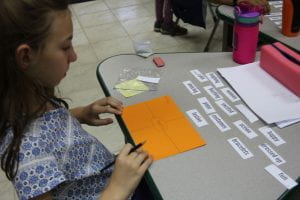This week, we have had the opportunity to get into others students’ classroom to observe, using a See. Think. Wonder. visible thinking routine. As part of our research in preparation for I Love to Read and Write Week, we want to see what kinds of structures other classrooms have in place. Since teachers have allowed us into their learning spaces, we thought it might be a good idea to express our gratitude through the writing of a letter. Before doing that, though, we needed to know how letters are structured and how they compare to other forms of writing like essays and poems. As part of our inquiry into letter writing, teaching teams used used multiple sources and a triple Venn diagram structure to identify similarities and differences between the three genres of writing.
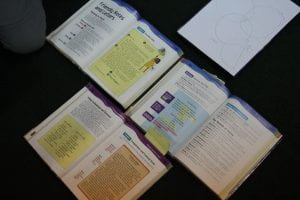
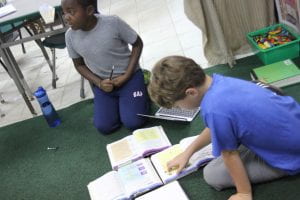
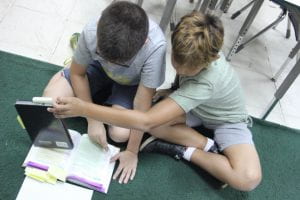
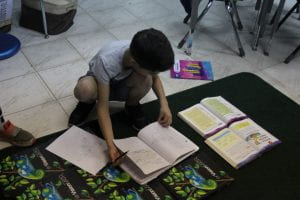
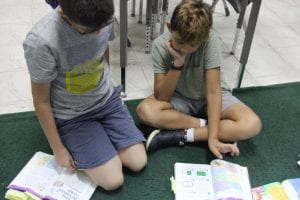
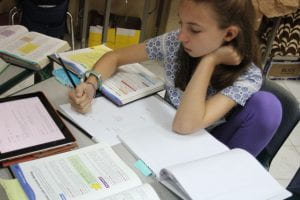
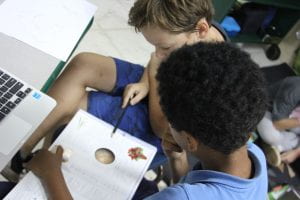
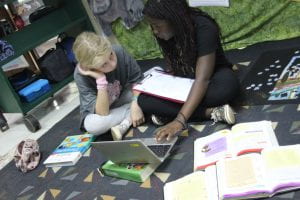
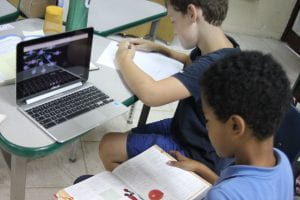
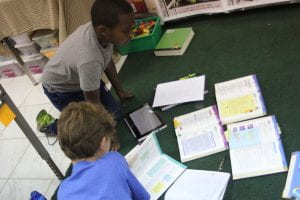
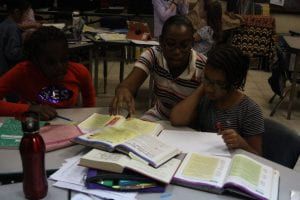
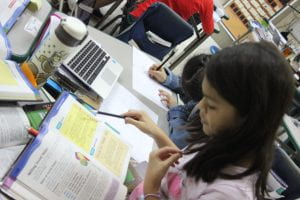
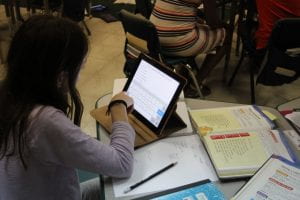
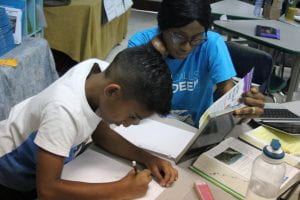
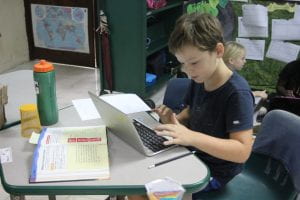
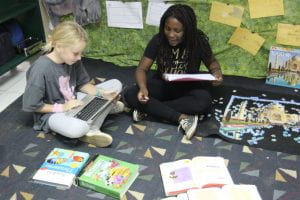
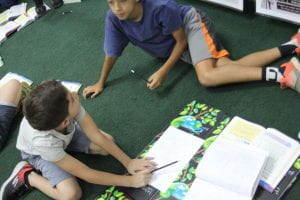
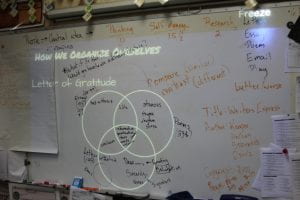
Some teaching teams expanded their inquiry to include other genres of writing like emails and stories, which required them to alter their Venn structure.
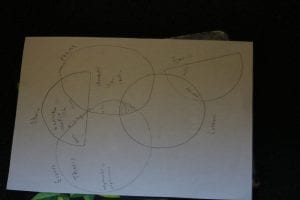
After a wonderful session during which thinking and research skills were stretched, it was icing on the cake to see self and social management skills applied during clean up! Thank you, gentlemen, for taking action and working together.
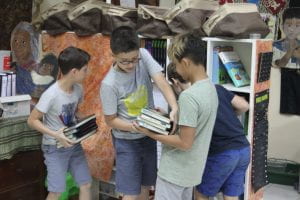
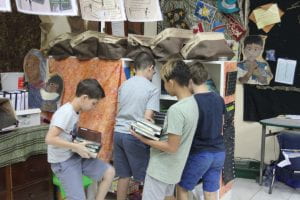
In library this afternoon, Ms. Kraft helped us think about read aloud book selection for the upcoming I Love to Read and Write Week. She shared with us a variety of books and highlighted some of the features that made them engaging and appropriate for various levels of readers.
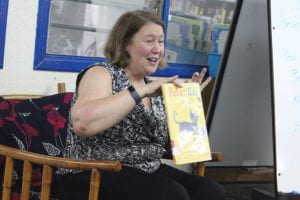
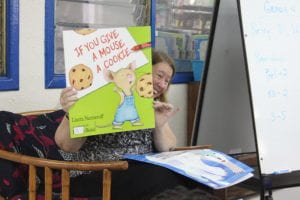
We then had time to select some books and practice reading them outloud in our teaching teams. Holding and reading books aloud is easier said than done.
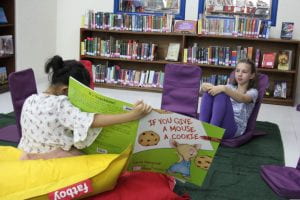

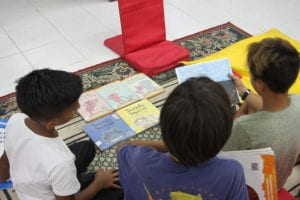
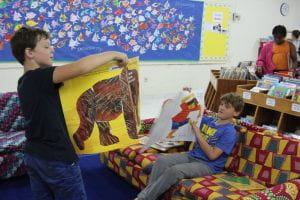
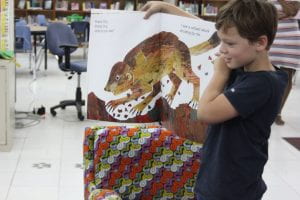
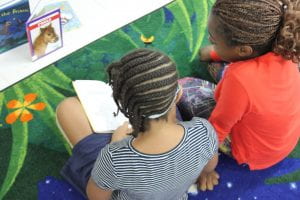
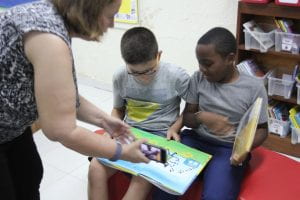
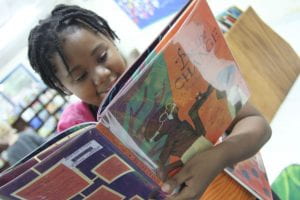
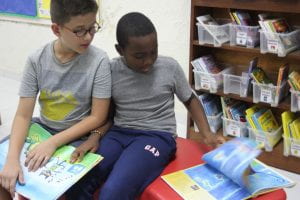
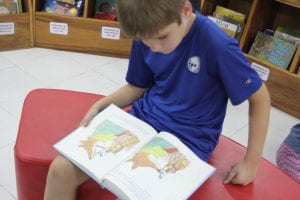
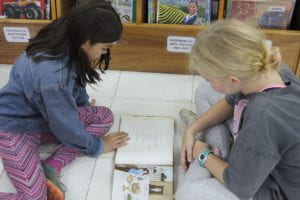
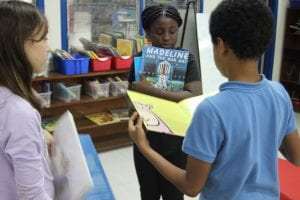

Finally, to end our day, we revisited our simile of how a poem is like a puzzle and explored the second stanza.
This puzzle’s pieced together
With meaning, shape, and sound in mind.
Each word is chosen carefully,
Search. The perfect one you’ll find.
With a focus on word choice, we examined the words brainstormed yesterday and narrowed our list down to one word we wanted to explore more deeply. Using a Frayer model structure, we considered and collected:
-
- related words (affixes).
- synonyms (and antonyms).
- adjectives.
- rhyming (or similar sounds)
This resource will be valuable as we set out to compose our poem in the days ahead. Again, this will be a lesson that we share to other readers and writers during I Love to Read and Write Week.

